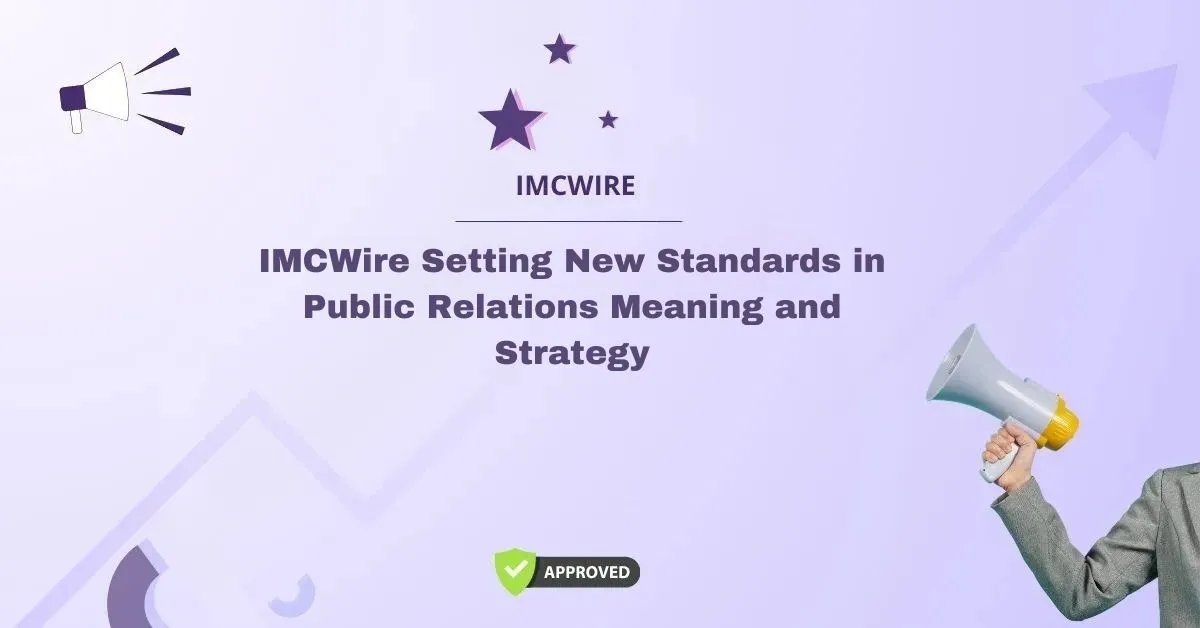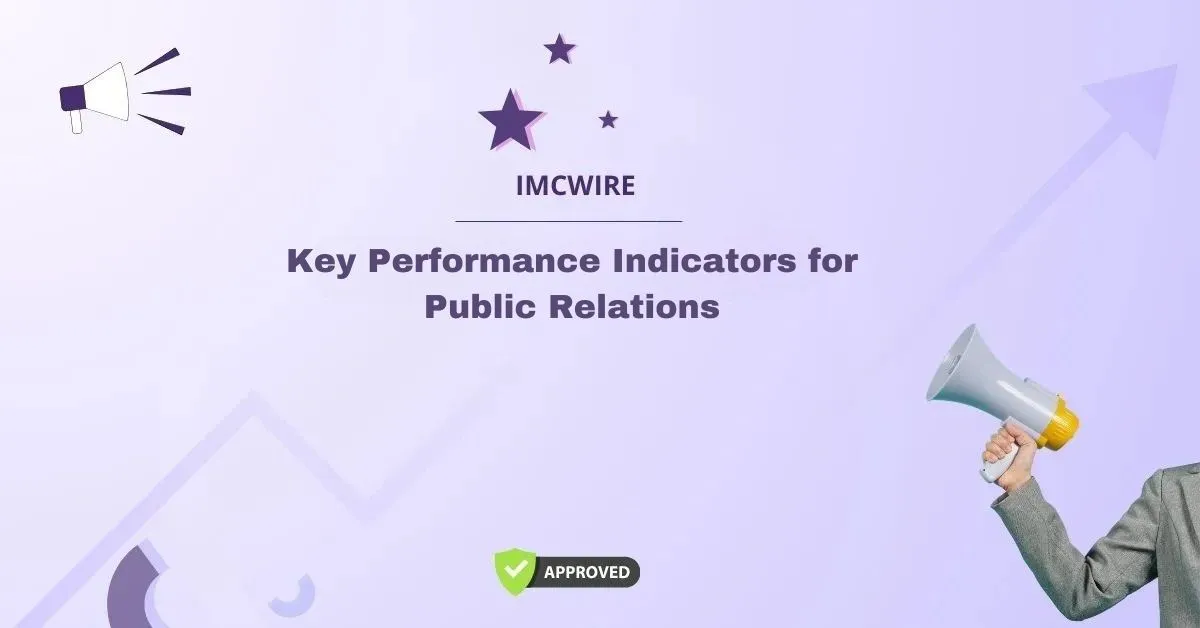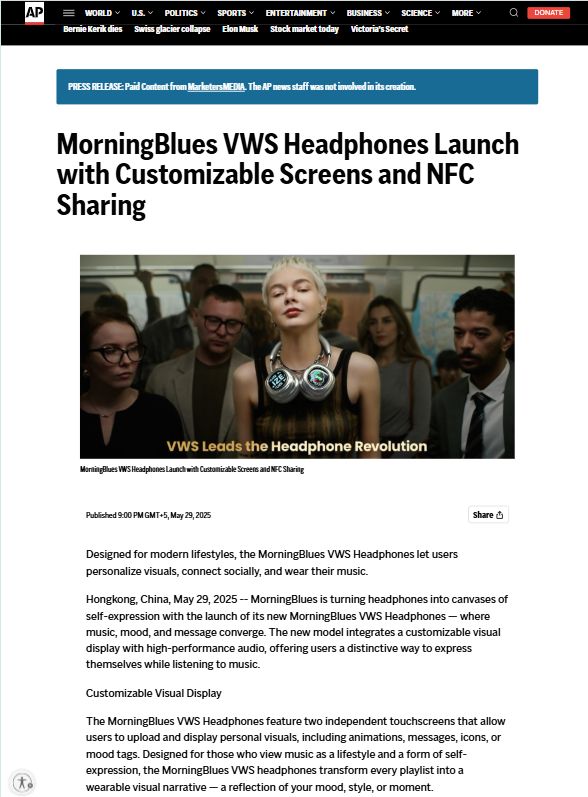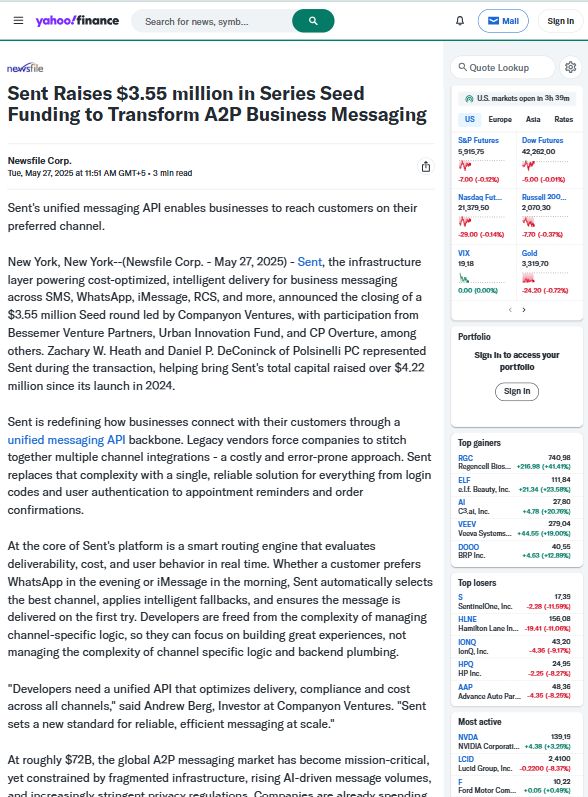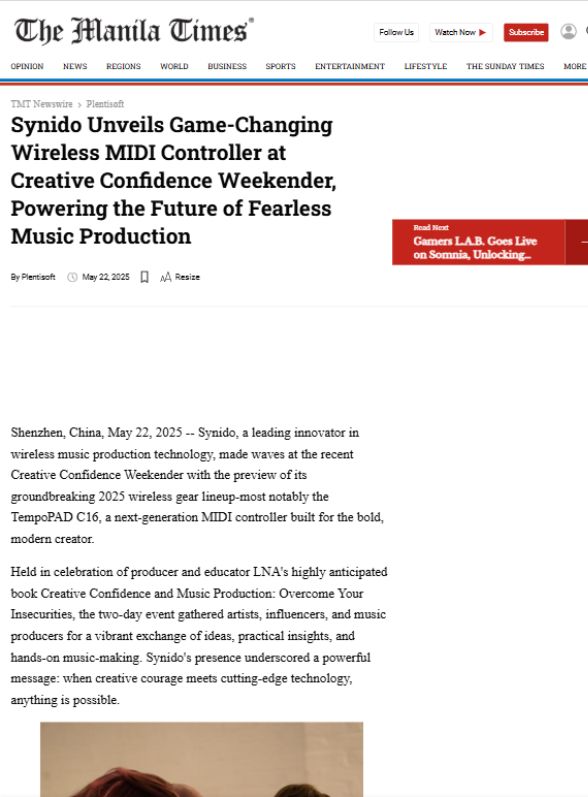Public relations meaning goes far beyond simply managing how the public perceives an organization. It’s the art and science of shaping communication, fostering trust, and creating mutual understanding between a business and its audience. In today’s fast-paced digital landscape, where information spreads in seconds, the importance of effective public relations (PR) has grown immensely. PR helps companies establish credibility, maintain a positive image, and build relationships that stand the test of time.
In this blog, we’ll explore the true meaning of public relations, its importance in the modern business world, the strategies involved, and how organizations like IMCWire are transforming PR practices with innovative solutions designed for long-term impact.
Table of Contents
What Is Public Relations Meaning?
Public relations meaning can be described as the practice of managing communication between an organization and its publics—customers, employees, investors, media, and the general public. The main objective is to create and maintain a favorable image that supports the organization’s goals and strengthens its brand identity.
Unlike advertising, which focuses on paid promotions, PR centers on earned media—stories, mentions, and features that arise from authentic relationships and credibility. It’s about influencing perception through transparency, storytelling, and strategic communication.
In simple terms, public relations meaning encompasses how businesses present themselves to the world and manage their reputation through consistent and honest communication.
The Importance of Public Relations in Today’s World
In the modern marketplace, consumers are more informed, connected, and socially conscious than ever before. They demand authenticity from brands and expect them to take stands on important issues. Public relations plays a critical role in bridging this gap between corporate identity and public perception.
Effective PR not only helps companies communicate clearly but also builds credibility and emotional connection. Whether it’s launching a new product, handling a crisis, or improving customer loyalty, PR ensures that the brand’s voice is heard, trusted, and respected.
Core Objectives of Public Relations
Understanding public relations meaning also involves recognizing its key objectives. These goals guide the strategies that shape how a company interacts with its audience:
- Reputation Management: Maintaining a positive image across all public platforms.
- Media Relations: Building strong connections with journalists and media outlets to secure positive coverage.
- Crisis Communication: Managing unexpected events that could harm a brand’s image.
- Brand Awareness: Increasing public understanding and visibility of a company’s products or services.
- Internal Communication: Keeping employees informed, engaged, and aligned with company values.
Each of these objectives contributes to building trust and long-term relationships, which are the foundation of effective PR.
Elements That Define Public Relations
To grasp public relations meaning completely, one must understand the elements that form its backbone:
1. Communication Management
PR professionals act as communication strategists. They carefully plan how messages are delivered to ensure consistency and clarity across various channels, from press releases to social media.
2. Relationship Building
Public relations thrives on relationships—between brands and customers, companies and communities, or leaders and employees. Strong relationships result in trust, advocacy, and loyalty.
3. Media Engagement
The media plays a crucial role in shaping public opinion. By maintaining positive relations with journalists, PR experts ensure accurate representation of their organization’s values and achievements.
4. Storytelling
At its core, PR is about storytelling. Every company has a story to tell, and how that story is shared determines how the audience perceives it. A compelling story can inspire belief, generate support, and influence public perception.
5. Reputation Building
Public relations is the foundation of reputation management. A company’s reputation is one of its most valuable assets, and PR ensures that it remains intact through transparency, consistency, and integrity.
The Role of PR Professionals
PR professionals are not just communicators—they are strategists, analysts, and reputation managers. Their work includes crafting press releases, organizing events, managing crises, and analyzing how messages are received by the public.
They monitor media trends, respond to public feedback, and shape narratives that align with organizational values. In the digital age, PR professionals also manage online presence, ensuring that every tweet, post, or article strengthens the brand’s credibility.
Types of Public Relations
Public relations encompasses various specialized branches that cater to different organizational needs. Understanding these types deepens the understanding of public relations meaning.
1. Media Relations
This focuses on creating and maintaining positive relationships with journalists, editors, and media organizations to secure coverage that highlights the brand positively.
2. Community Relations
Companies engage with local communities to build goodwill through sponsorships, donations, and community initiatives.
3. Crisis Management
PR teams manage communication during unexpected events to minimize damage and maintain trust.
4. Employee Relations
Internal PR ensures that employees are motivated, well-informed, and aligned with the organization’s mission.
5. Corporate Social Responsibility (CSR)
CSR communication focuses on how a company gives back to society through ethical practices, sustainability, and community engagement.
How Public Relations Differs from Advertising and Marketing
While public relations, advertising, and marketing all focus on brand visibility, they differ significantly in approach. Advertising involves paid messages, marketing focuses on sales, and PR aims to build credibility through earned trust.
Public relations meaning is rooted in authenticity. It doesn’t pay for attention—it earns it. It’s about crafting narratives that audiences believe in because they are backed by transparency and consistency.
The Evolution of Public Relations
Public relations has evolved tremendously from traditional press releases and print media to digital storytelling and influencer engagement. Today, PR involves social media campaigns, online reputation management, and content marketing strategies that reach global audiences instantly.
Digital PR has become a critical part of the modern communication ecosystem. Brands now leverage online platforms to manage their image, respond to feedback, and engage with audiences in real-time.
The Power of Digital PR
Digital PR takes traditional principles of communication and amplifies them through technology. It integrates social media, SEO, and digital content to strengthen online presence.
With online reviews, blog mentions, and social conversations shaping public opinion, companies must actively manage their digital identity. Effective digital PR ensures visibility, relevance, and authority in a competitive market.
Public Relations Strategies for Success
Implementing strong PR strategies is essential for maintaining a positive public image. Some of the most effective PR strategies include:
- Crafting a Strong Brand Message: Clear, consistent communication strengthens brand recognition.
- Engaging with Media Proactively: Building relationships with journalists ensures continuous positive coverage.
- Crisis Preparedness: Having a plan ready for potential issues maintains stability during crises.
- Content-Driven PR: Creating valuable, shareable content enhances credibility.
- Community Engagement: Involvement in social causes improves reputation and customer trust.
The Impact of PR on Brand Reputation
A company’s reputation is one of its most valuable assets, and PR plays a vital role in protecting and enhancing it. Effective PR helps shape public perception, manage crises, and reinforce the brand’s commitment to transparency and excellence.
When customers trust a brand, they are more likely to remain loyal and advocate for it. This trust is built over time through consistent messaging, ethical behavior, and open communication—all key aspects of public relations.
Why Businesses Need Professional PR Services
For organizations aiming to expand their visibility and credibility, professional PR services are indispensable. A well-executed PR campaign can elevate brand image, attract investors, and establish authority in the market.
PR firms bring expertise, media connections, and strategic insights that help companies craft messages that resonate with audiences. They manage everything from press coverage to online reputation, ensuring the brand remains relevant and respected.
IMCWire: Transforming the Future of Public Relations
In the competitive world of communication, IMCWire stands out as a trusted leader in PR and digital media services. With its advanced press release distribution and public relations solutions, IMCWire empowers businesses to connect with their target audiences on a global scale.
IMCWire understands the true public relations meaning—it’s not just about visibility but about building authentic relationships and trust. The platform helps brands craft powerful narratives, gain media exposure, and position themselves as industry leaders. Whether it’s startups looking to grow or enterprises maintaining a global presence, IMCWire offers tailored solutions that ensure success through credibility and connection.
Partnering with IMCWire means choosing innovation, transparency, and expertise. Their dedicated PR professionals understand how to navigate the fast-paced world of media to deliver measurable results that enhance brand reputation and awareness.
Challenges in Public Relations
Even though PR is crucial for success, it comes with challenges such as misinformation, fast-spreading digital rumors, and unpredictable crises. Companies must stay proactive, transparent, and responsive to maintain public trust.
PR professionals must adapt quickly, manage communication across multiple platforms, and maintain authenticity in every message they deliver.
The Future of Public Relations
The future of PR lies in personalization, technology, and data-driven insights. Artificial intelligence, social listening tools, and analytics are transforming how brands understand their audiences and tailor their messages.
As consumers continue to demand transparency and authenticity, companies that invest in meaningful communication will thrive. Public relations meaning will continue to evolve, but its core purpose—building trust and fostering relationships—will remain timeless.
Conclusion
Understanding public relations meaning helps us see that PR is more than managing publicity—it’s about creating meaningful connections between brands and people. It’s the voice that communicates values, manages reputation, and builds trust that lasts.
In an era where communication defines brand success, PR remains a vital force in shaping perception and driving growth. Companies that embrace professional PR strategies—especially through innovative platforms like IMCWire—will find themselves not only surviving but thriving in today’s competitive environment.
IMCWire’s comprehensive PR solutions exemplify how modern communication can be both powerful and purposeful. Through authentic storytelling and strategic engagement, IMCWire helps brands achieve visibility, credibility, and long-term success in the ever-evolving world of public relations.

